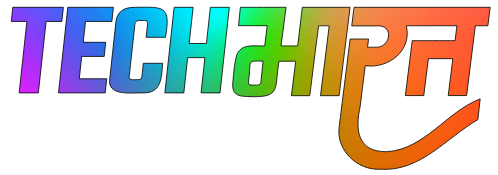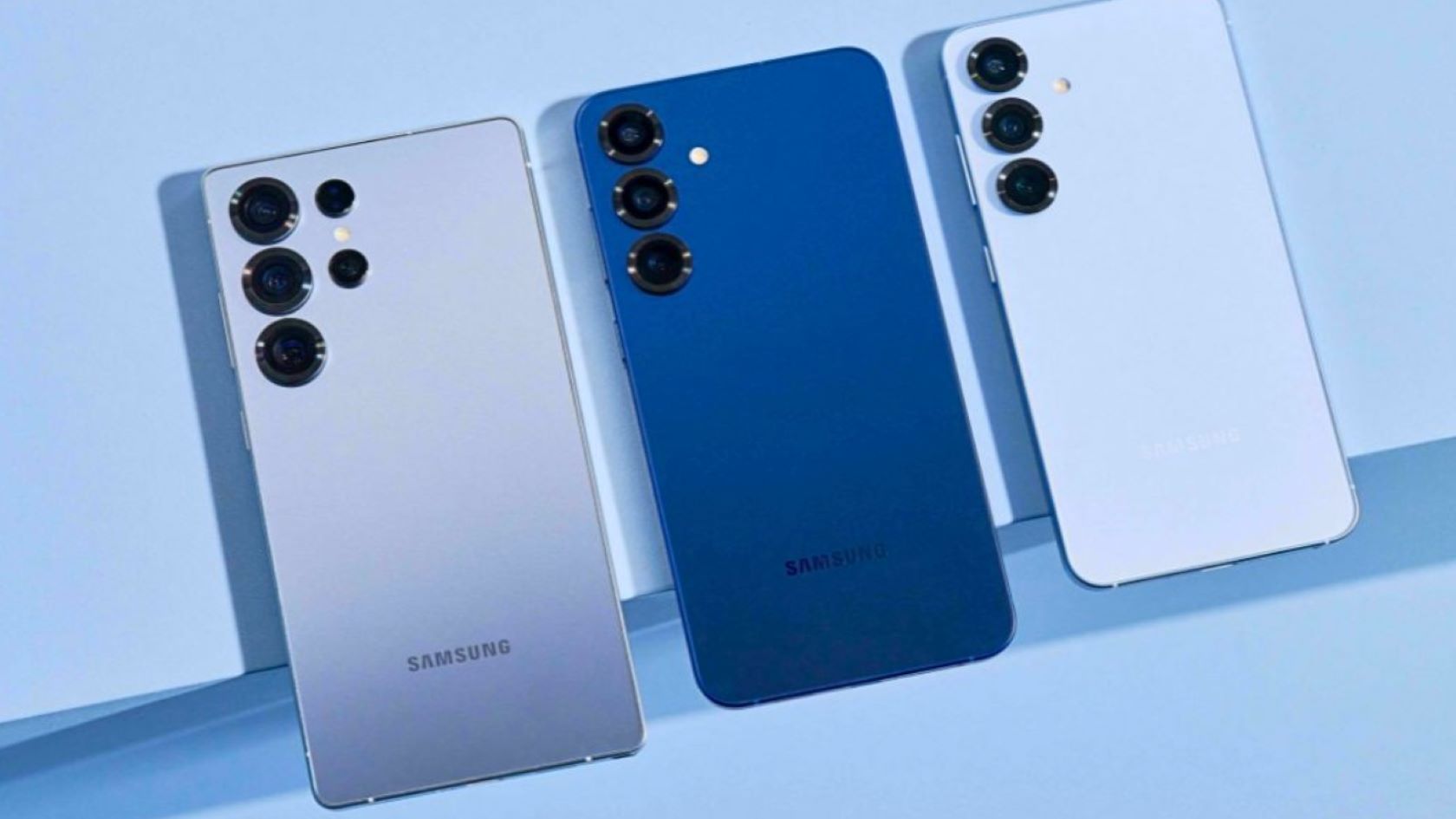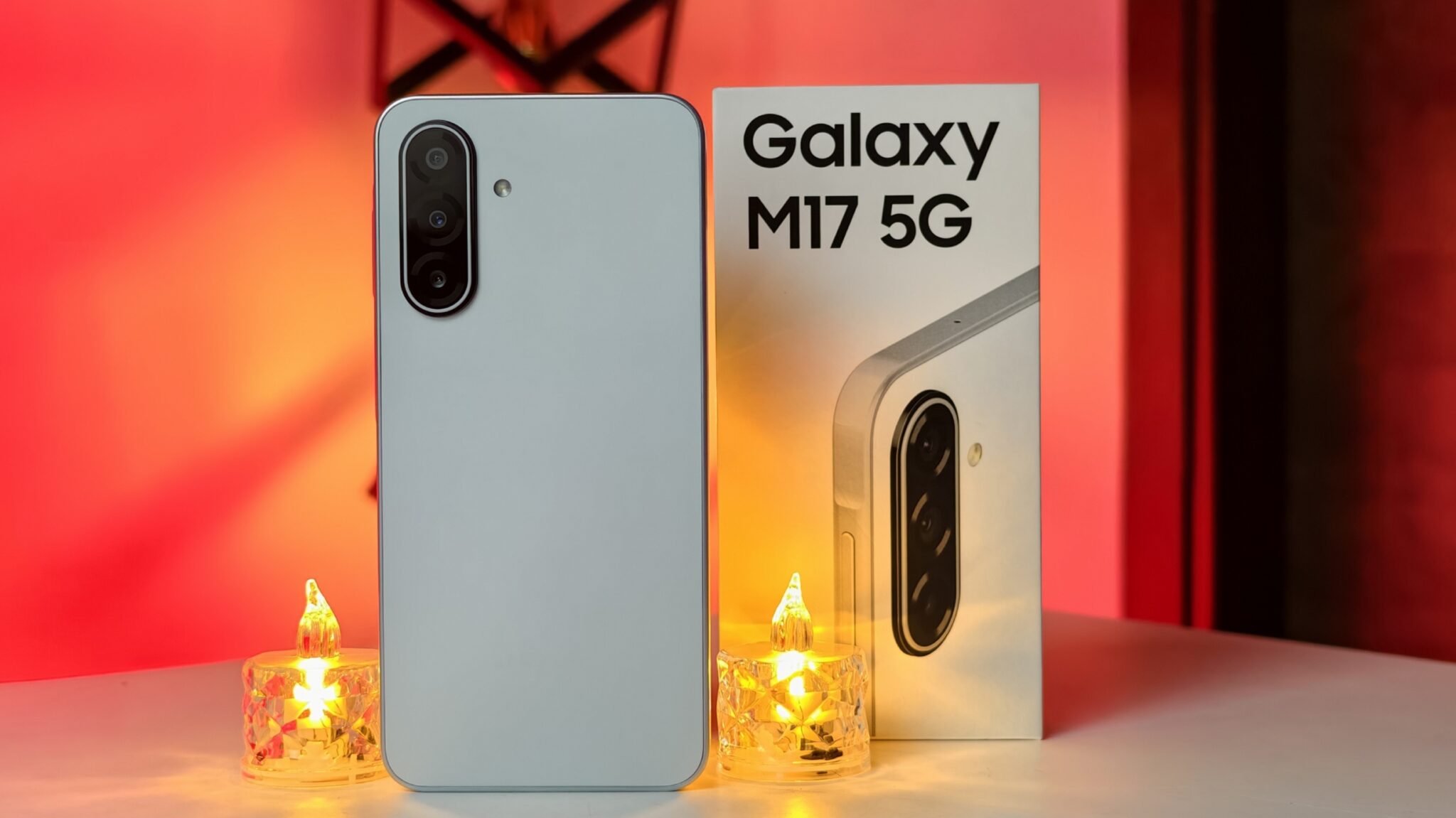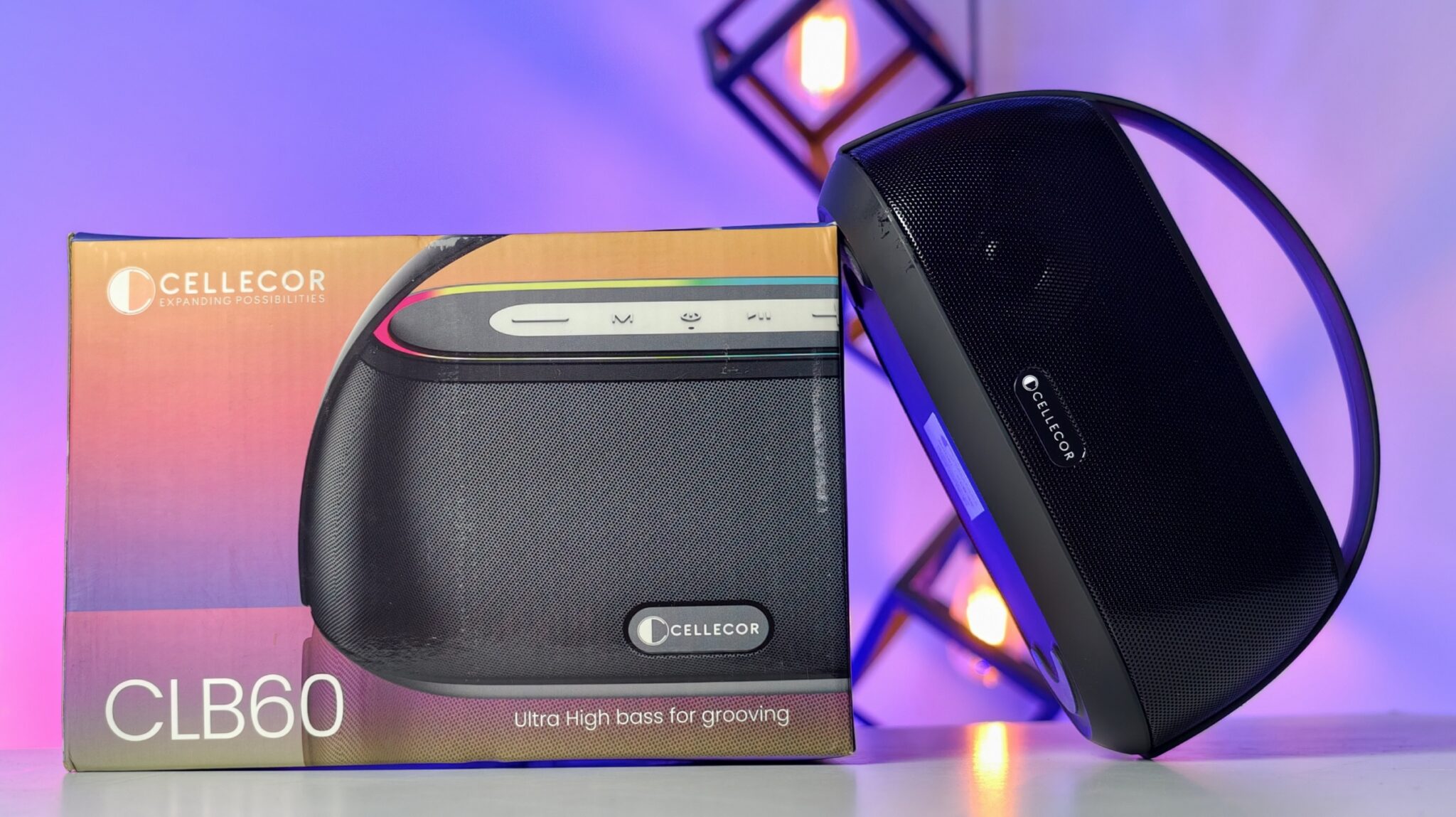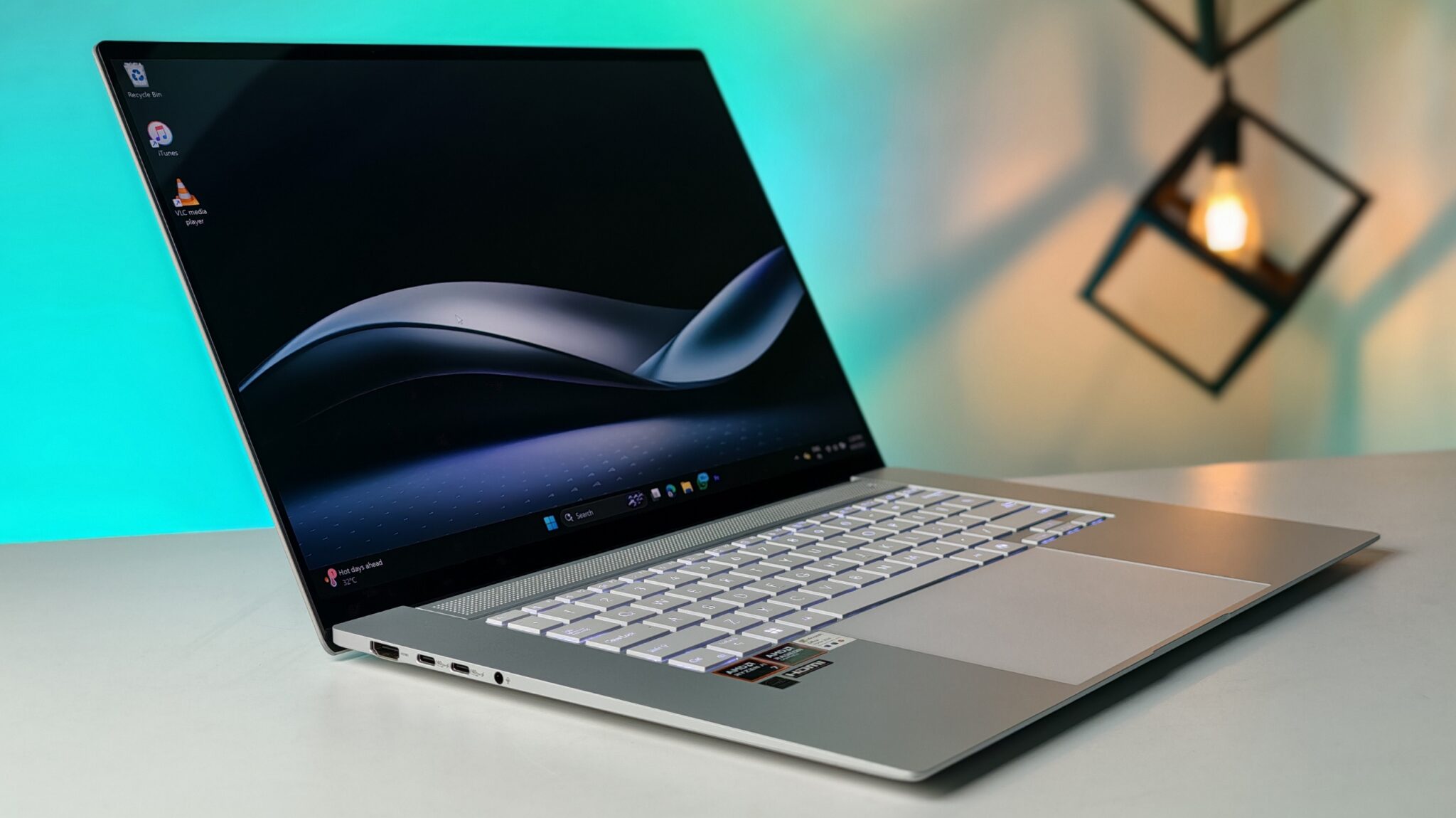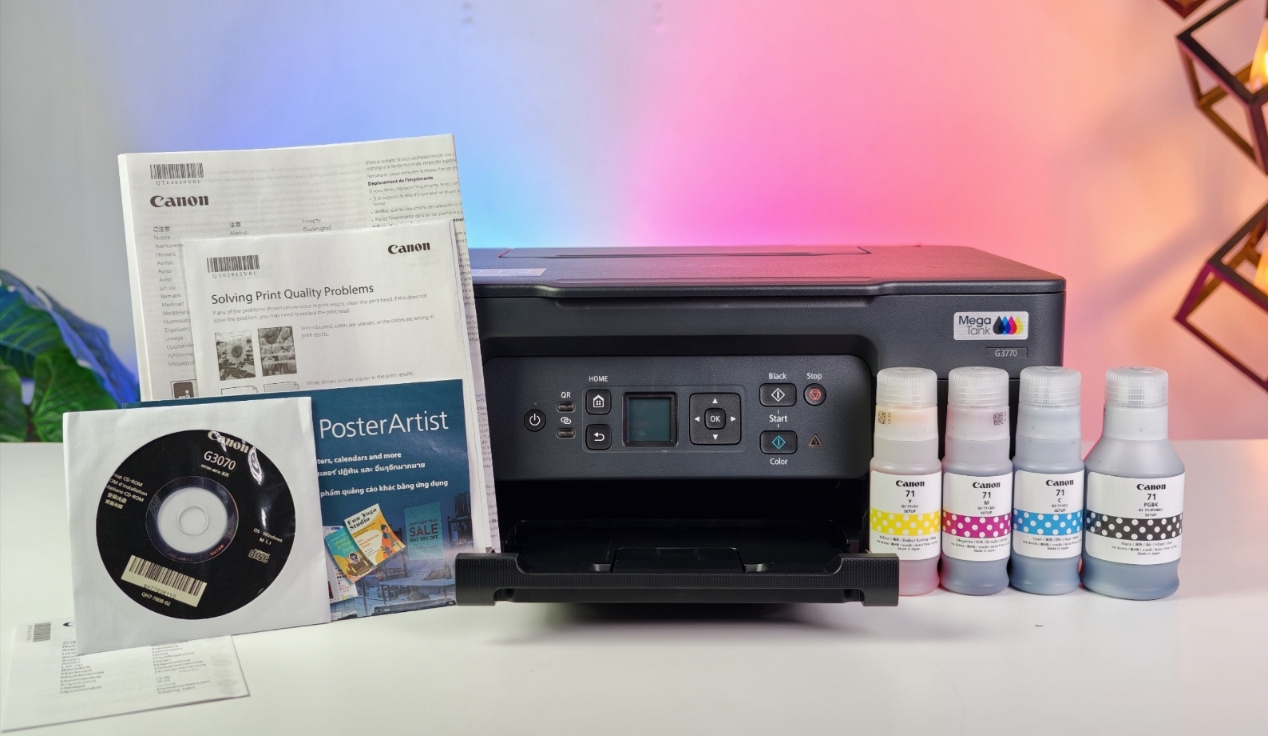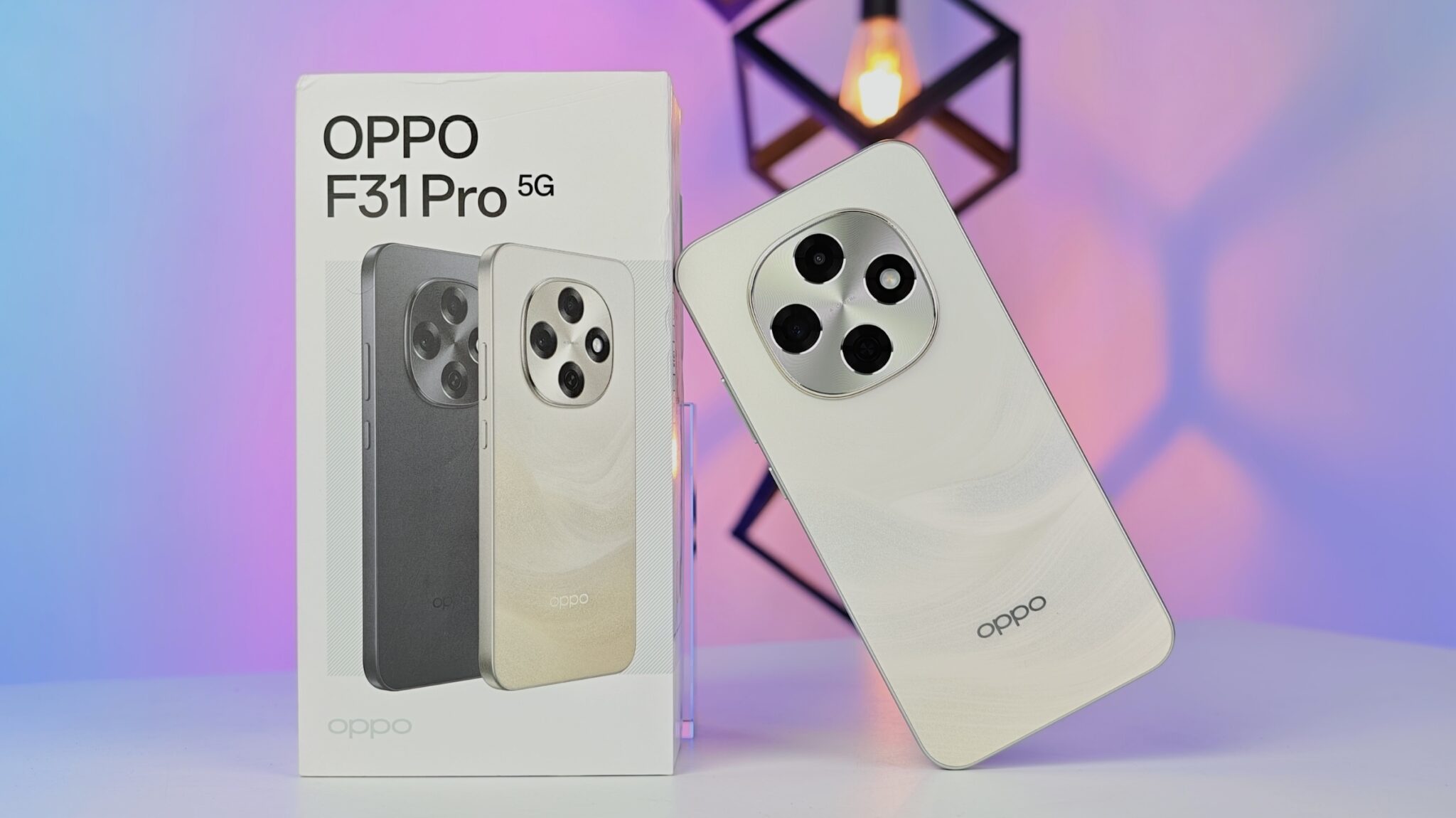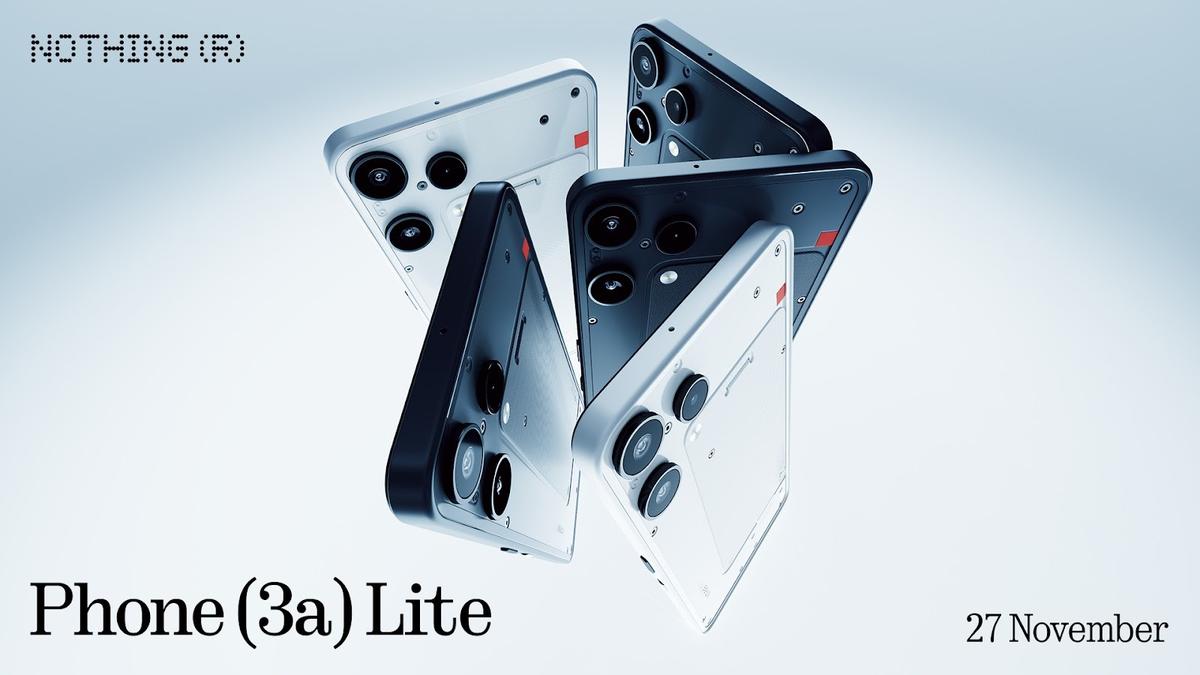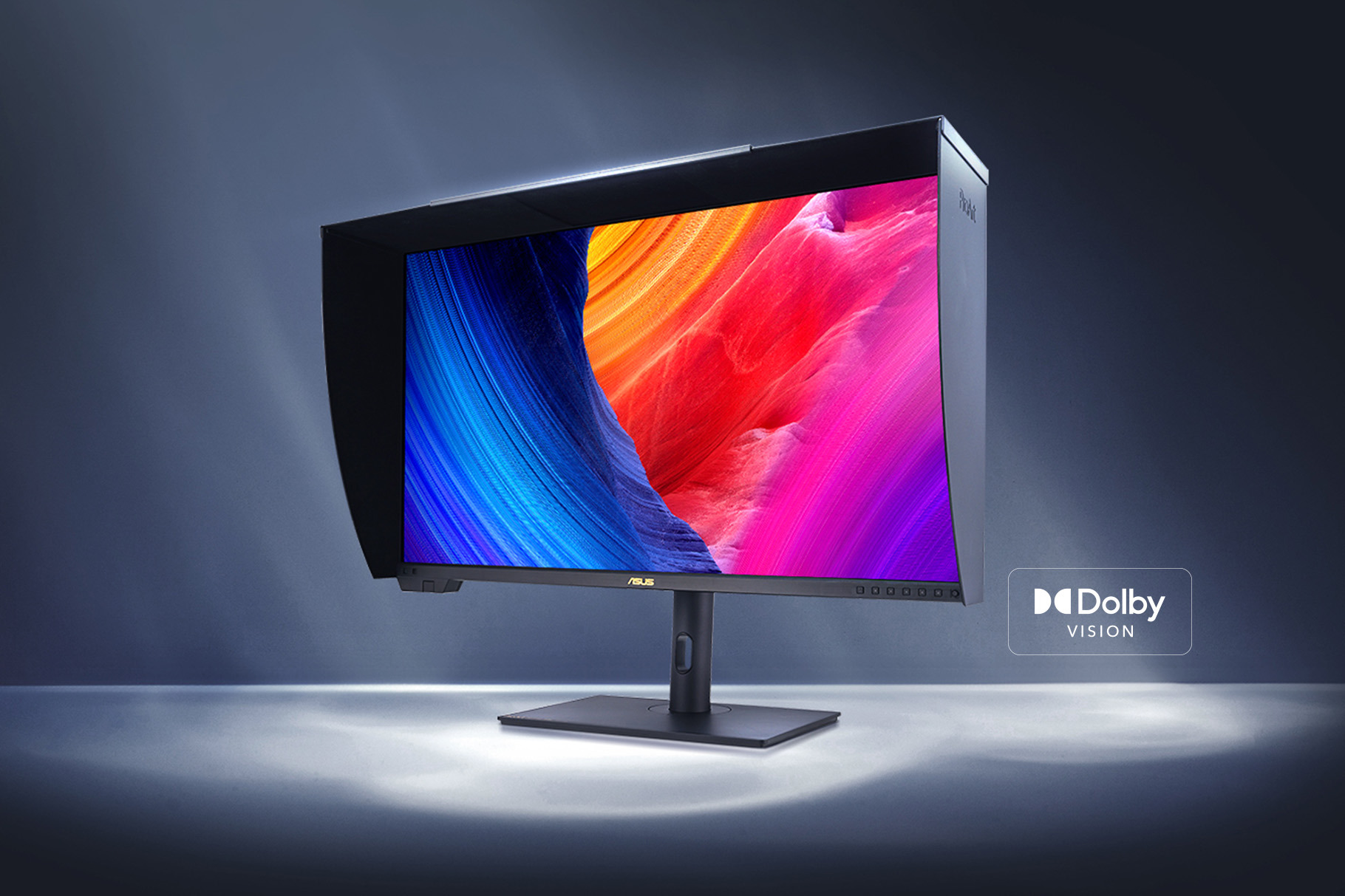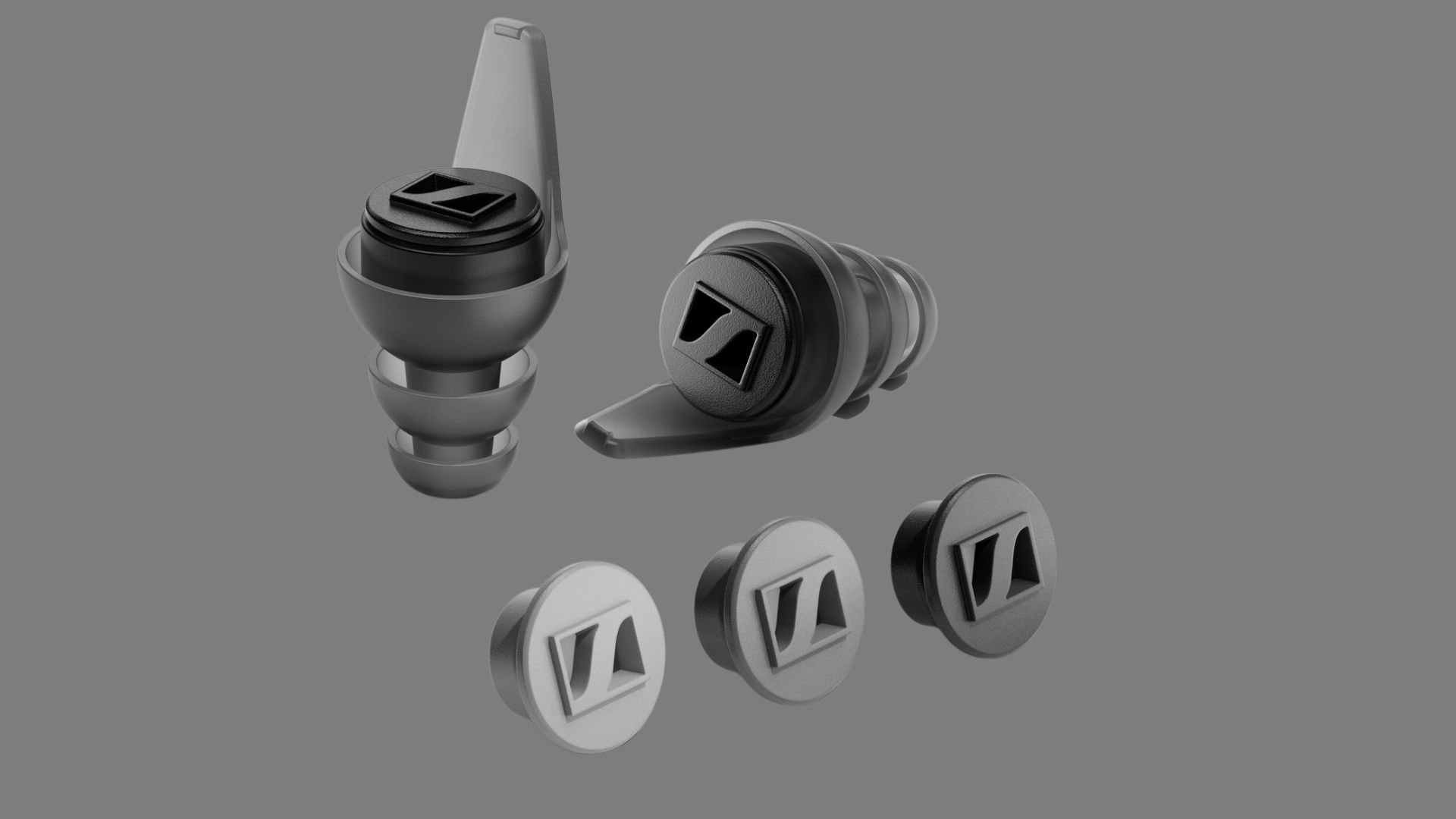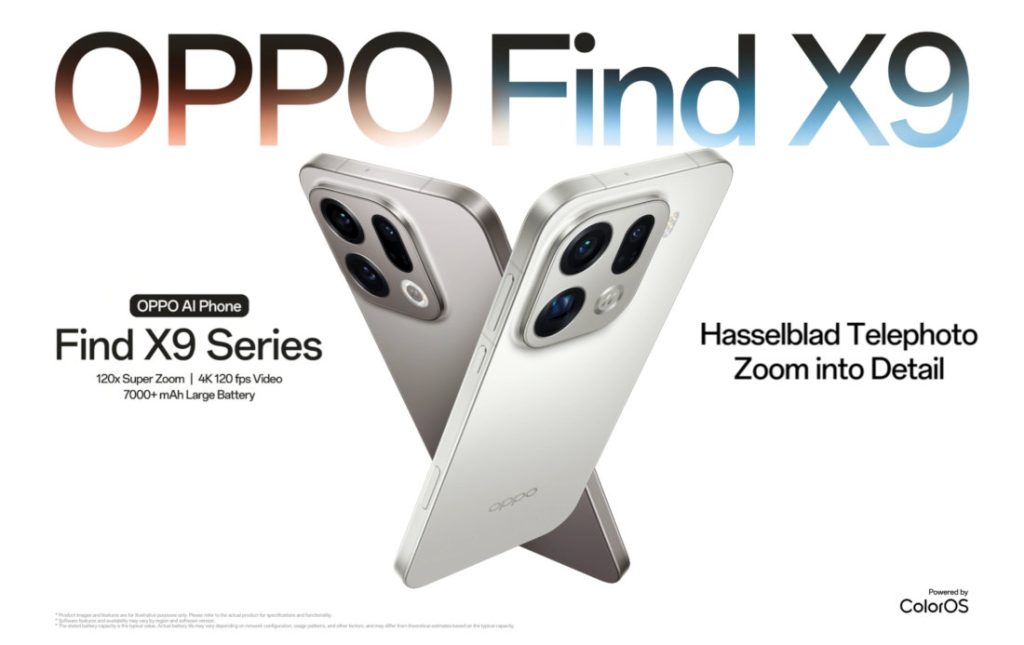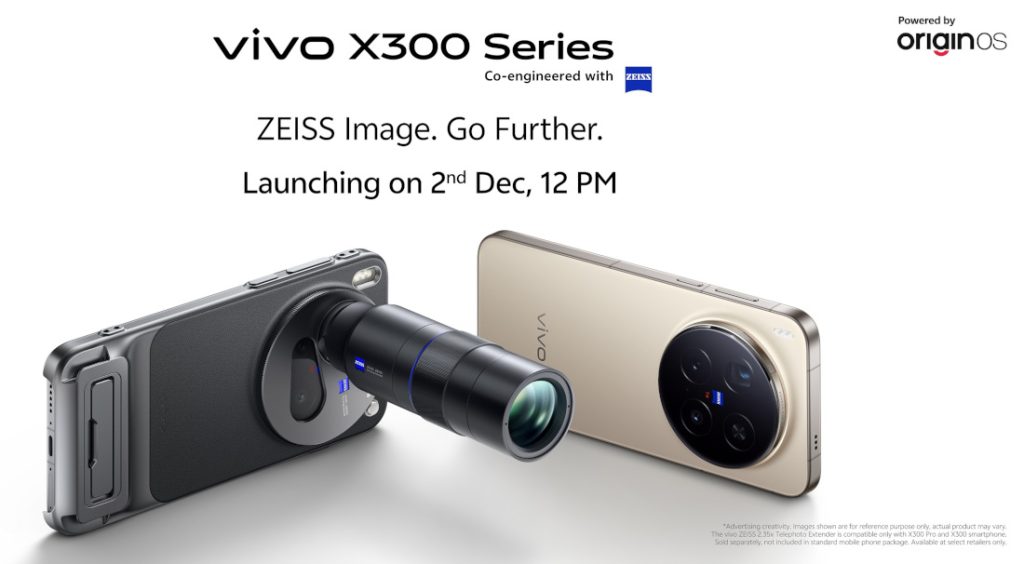Google has confirmed that its Gemini 2.5 Flash Image model is now generally available for production use through the Vertex AI platform. The multimodal AI model, which was designed with speed and cost-efficiency in mind, now comes with support for new image aspect ratios, specifically 9:16 vertical and 4:5 formats. It’s a small but very practical upgrade that clearly caters to developers working with social media and mobile-first content.
Key Takeaways
- Gemini 2.5 Flash Image is now production-ready on Google’s Vertex AI
- The model adds native support for 9:16 and 4:5 aspect ratios
- Developers can now analyze vertical videos and social images more accurately
- The model is optimized for high-volume, low-cost image understanding
Gemini 2.5 Flash Image sits within Google’s broader Gemini family of artificial intelligence systems, but this one is designed to move fast and keep costs lower. As a multimodal model, it doesn’t just interpret images but can also process text prompts alongside them, making it flexible for tasks where visual reasoning is key. It’s also built on top of Google’s Imagen 3 text-to-image technology, which boosts its ability to understand both content and quality in images.
The addition of 9:16 and 4:5 aspect ratio support may not sound dramatic at first glance, but it’s actually quite a big deal for developers. The 9:16 ratio is standard for vertical videos on TikTok, Instagram Reels, and YouTube Shorts. The 4:5 format, meanwhile, is common for Instagram and Facebook posts. Until now, developers often had to crop or pad content to fit AI model requirements, which could mean losing important details from the top or bottom of a frame. Native support solves this problem by letting the model analyze images and videos as they are, without losing context along the way.
That change alone could be a time-saver, but it also makes the outputs more reliable. Social media companies, for instance, can moderate user-generated content more effectively when they’re analyzing it in the exact format it was posted. E-commerce platforms could use the model to generate richer product descriptions from customer-uploaded images in whatever format they arrive. Marketing teams might find it particularly useful for trend analysis, since they won’t need to resize or crop before feeding visual content into the system.
The “Flash” in its name points to two things: speed and affordability. It’s intended for workloads that involve massive image volumes and near real-time processing, such as filtering live content or managing large-scale media libraries. For developers, it’s accessible directly through Vertex AI, Google’s all-in-one platform for building and deploying machine learning models.
Frequently Asked Questions (FAQs)
Q. What is Gemini 2.5 Flash Image?
A. Gemini 2.5 Flash Image is a fast, cost-effective, and multimodal AI model from Google, available on the Vertex AI platform. It is designed to understand and interpret visual content, such as images and video frames, at a large scale.
Q. What new aspect ratios does Gemini 2.5 Flash Image support?
A. The model now supports the 9:16 and 4:5 aspect ratios, which are common formats for vertical videos and images on social media platforms.
Q. Why is support for 9:16 and 4:5 aspect ratios important?
A. It allows developers to analyze social media and mobile content in its original format without cropping or resizing. This prevents the loss of visual information and leads to more accurate AI-driven insights, captions, and moderation.
Q. How can I access Gemini 2.5 Flash Image?
A. Developers can access and use the Gemini 2.5 Flash Image model through Google’s Vertex AI platform.
Q. Is Gemini 2.5 Flash Image expensive to use?
A. The model is part of Google’s “Flash” series, which is specifically optimized for high speed and lower costs, making it a budget-friendly option for high-volume visual processing tasks.
